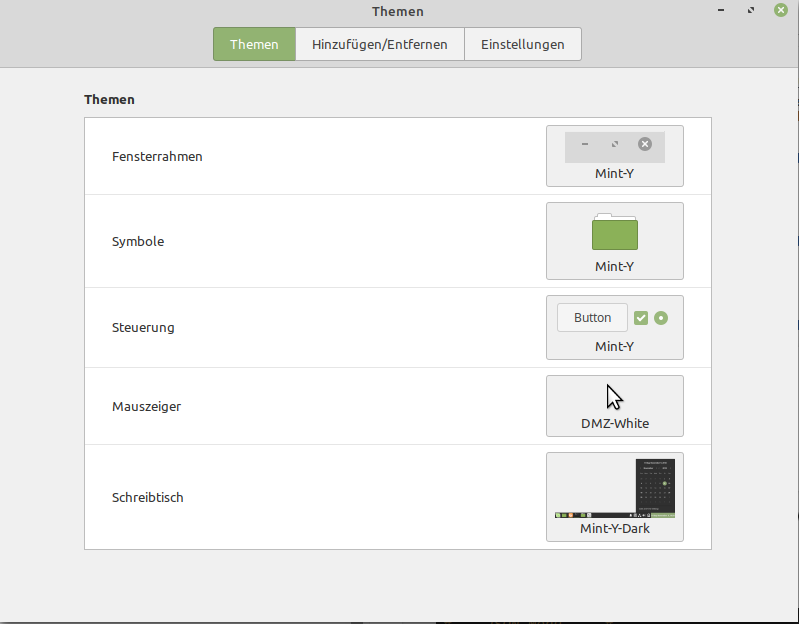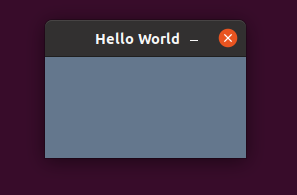Python3 - Umzug nach Fedora 34
Python3
1
Beiträge
1
Kommentatoren
216
Aufrufe
-
Mal kurz ein paar Notizen, fürs nächste Mal.
VSCodium
VSCodium installiert, lt. Anleitung Hersteller
sudo rpm --import https://gitlab.com/paulcarroty/vscodium-deb-rpm-repo/-/raw/master/pub.gpg printf "[gitlab.com_paulcarroty_vscodium_repo]\nname=gitlab.com_paulcarroty_vscodium_repo\nbaseurl=https://paulcarroty.gitlab.io/vscodium-deb-rpm-repo/rpms/\nenabled=1\ngpgcheck=1\nrepo_gpgcheck=1\ngpgkey=https://gitlab.com/paulcarroty/vscodium-deb-rpm-repo/-/raw/master/pub.gpg" |sudo tee -a /etc/yum.repos.d/vscodium.repo sudo dnf install codiumDie Einstellungen habe ich übernommen. /home/frank/.vscode-oss
PyQt5
[frank@fedora ~]$ pip3 install PyQt5 Defaulting to user installation because normal site-packages is not writeable Collecting PyQt5 Downloading PyQt5-5.15.4-cp36.cp37.cp38.cp39-abi3-manylinux2014_x86_64.whl (8.3 MB) |████████████████████████████████| 8.3 MB 1.6 MB/s Collecting PyQt5-sip<13,>=12.8 Downloading PyQt5_sip-12.9.0-cp39-cp39-manylinux1_x86_64.whl (328 kB) |████████████████████████████████| 328 kB 59.0 MB/s Collecting PyQt5-Qt5>=5.15 Downloading PyQt5_Qt5-5.15.2-py3-none-manylinux2014_x86_64.whl (59.9 MB) |████████████████████████████████| 59.9 MB 65.8 MB/s Installing collected packages: PyQt5-sip, PyQt5-Qt5, PyQt5 Successfully installed PyQt5-5.15.4 PyQt5-Qt5-5.15.2 PyQt5-sip-12.9.0Noch eine andere Möglichkeit
[frank@fedora ~]$ python -m pip install PyQt5 Defaulting to user installation because normal site-packages is not writeable Requirement already satisfied: PyQt5 in ./.local/lib/python3.9/site-packages (5.15.4) Requirement already satisfied: PyQt5-Qt5>=5.15 in ./.local/lib/python3.9/site-packages (from PyQt5) (5.15.2) Requirement already satisfied: PyQt5-sip<13,>=12.8 in ./.local/lib/python3.9/site-packages (from PyQt5) (12.9.0)Danach konnte ich über die Konsole meine Tools wieder starten, aber nicht in VSCodium.
pylint
pip3 install pylintDanach startete das Tool auch wieder aus VSCodium.
-
-
-
-
-
-
Python3 - virtuelle Entwicklungsumgebung
Angeheftet Python3 -
-



